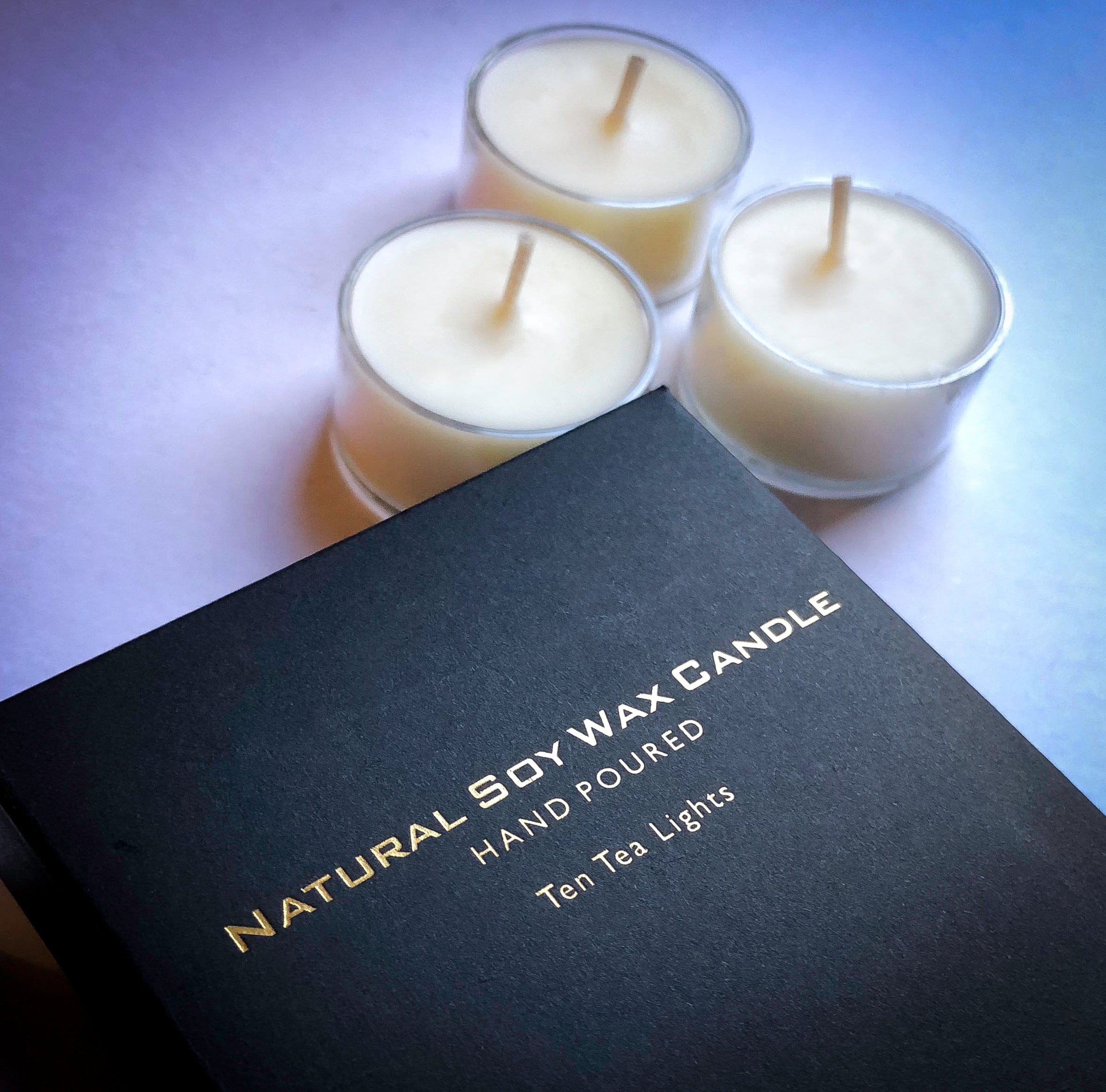Transform Your Home with Eco-Friendly Soy Candles and Home Fragrance
Transform Your Home with Eco-Friendly Soy Candles and Home Fragrance
Blog Article
From Wick to Wax: Comprehending the Chemistry Behind Soy Wax Candles and Their Ecological Effect
As we illuminate our rooms with the warm glow of candle lights, there lies a world of elaborate chemistry behind the relatively easy act of lighting a soy wax candle light. Join us as we decipher the scientific complexities behind soy wax candle lights and discover their effects on our environment.
Soy Wax Vs. Paraffin Wax
When contrasting soy wax and paraffin wax for candle light making, it is important to recognize the distinctive qualities and advantages of each material. Soy wax is an all-natural, renewable energy stemmed from soybean oil, making it biodegradable and environment-friendly - crystal soy candles. On the other hand, paraffin wax is a result of petroleum refining, which elevates concerns concerning its environmental effect and sustainability
Soy wax candles shed cleaner and give off less soot contrasted to paraffin wax candles, making them a much healthier choice for indoor air top quality. In addition, soy wax has a lower melting factor, permitting a longer-lasting candle that spreads scent a lot more effectively. Paraffin wax, on the other hand, has a tendency to shed faster and much less cleanly, possibly launching hazardous chemicals into the air.
From a sustainability point of view, soy wax is favored for its biodegradability and eco-friendly sourcing, aligning with the expanding customer preference for eco mindful items. While paraffin wax has been a typical selection in candle light making because of its price and convenience of usage, the change towards environment-friendly alternatives like soy wax is acquiring energy in the market.
Chemical Structure of Soy Wax

Combustion Process in Soy Candles
The chemical structure of soy wax straight influences the burning process in soy candles, impacting factors such as melt time, aroma launch, and environmental effect. When a soy candle light is lit, the warmth from the flame melts the wax near the wick.
The burning performance of soy candles is affected by the pureness of the soy wax and the high quality of the wick. Furthermore, soy wax candle lights have a reduced environmental influence compared to paraffin candles due to their eco-friendly and biodegradable nature.

Environmental Benefits of Soy Wax

Considered a lasting alternative to traditional paraffin wax, soy wax supplies remarkable ecological advantages that make it a preferred choice among eco-conscious customers. One substantial benefit of soy wax is its sustainable sourcing. Soy wax is stemmed from soybean oil, which is primarily cultivated More Help in the USA. The farming of soybeans helps sustain local farmers and lowers the dependency on non-renewable fossil gas made use of in paraffin wax manufacturing. Furthermore, soy wax is biodegradable, meaning it damages down naturally without launching hazardous toxic substances right into the atmosphere. This characteristic makes soy wax candles a more ecologically friendly option contrasted to paraffin wax candle lights, which are made from oil, a non-renewable resource. Moreover, soy wax burns cleaner and creates much less soot than paraffin wax, contributing to better indoor air high quality and lowering the need for cleaning and upkeep. In general, the environmental benefits of soy wax straighten with the expanding need for lasting and environment-friendly items out there.
Recycling and Disposal Factors To Consider
Reusing and correct disposal of soy wax candles play an essential duty in maintaining ecological sustainability and minimizing waste in neighborhoods and families. The first step is to make sure that the candle light has actually melted completely when it comes to recycling soy wax candles. This can be accomplished read this by allowing the candle to burn until the wick is no more functional, and afterwards letting the staying wax cool and solidify. As soon as the wax has actually solidified, it can be very carefully removed from the container.

In regards to disposal, if recycling is not a choice, soy wax candles are naturally degradable and can be safely gotten rid of in many household waste systems. It is constantly suggested to check with local recycling centers or waste administration solutions for certain standards on candle disposal to make sure appropriate handling and ecological defense.
Conclusion
In verdict, the chemistry behind soy wax candle lights reveals their environmental benefits over paraffin wax candles. Soy wax, acquired from soybean oil, burns my website cleaner and generates much less residue when contrasted to paraffin wax.
When contrasting soy wax and paraffin wax for candle light production, it is necessary to comprehend the distinctive attributes and benefits of each material (soy candles).Soy wax candle lights melt cleaner and produce much less residue contrasted to paraffin wax candle lights, making them a healthier option for interior air top quality.Considered a sustainable choice to standard paraffin wax, soy wax uses remarkable environmental benefits that make it a prominent selection amongst eco-conscious consumers. Soy wax burns cleaner and generates less soot than paraffin wax, adding to better interior air quality and reducing the demand for cleansing and upkeep.In conclusion, the chemistry behind soy wax candle lights exposes their ecological advantages over paraffin wax candle lights
Report this page